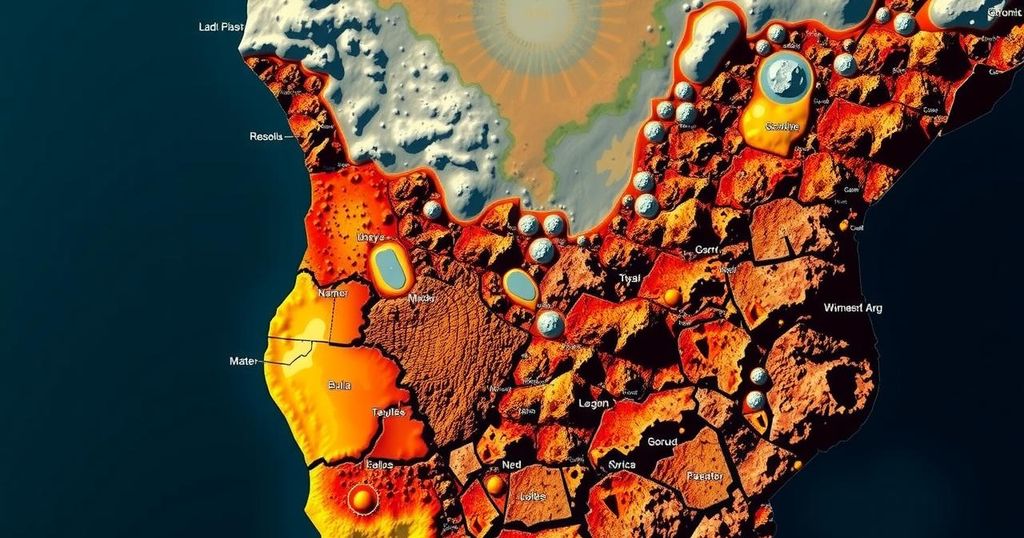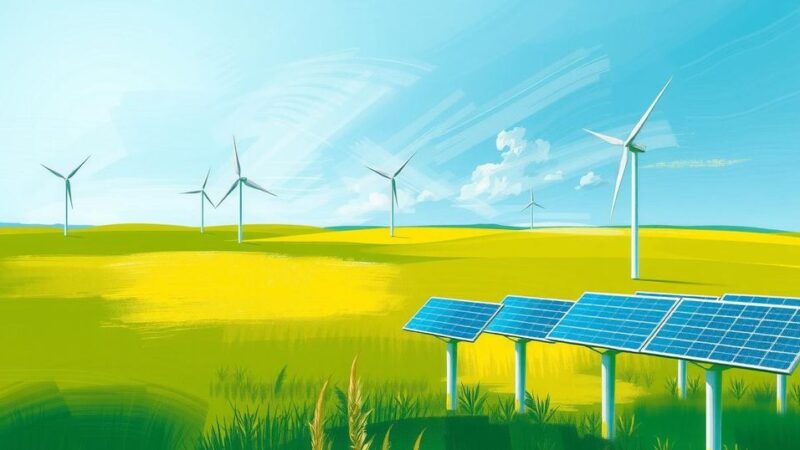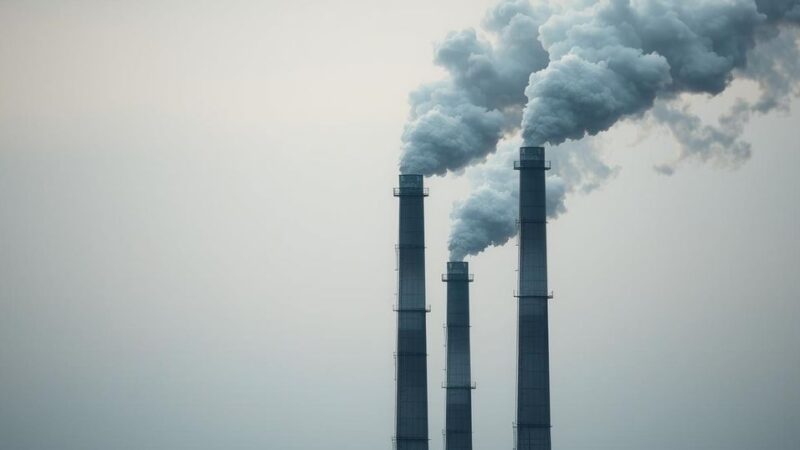Southern Africa is experiencing its worst drought in a century, impacting over 27 million lives, with 21 million children suffering from malnutrition. The situation, worsened by climate change and the El Niño phenomenon, has led multiple countries to declare national disasters as agricultural outputs plummet. Urgent interventions are needed to address rising hunger and food insecurity while highlighting the vulnerability of the region to climate change.
Southern Africa is grappling with a historical drought, impacting over 27 million individuals, as reported by the United Nations World Food Programme (WFP). This crisis has particularly exacerbated food insecurity, with approximately 21 million children suffering from malnutrition. Countries such as Lesotho, Malawi, Namibia, Zambia, and Zimbabwe have declared national disasters in response to the catastrophic effects that have obliterated crops and livestock, with forecasts suggesting the situation will worsen until the next harvests in March or April of the following year.
The onset of the lean season, signified by October, is anticipated to exacerbate the food crisis, with worsening conditions predicted monthly. The drought, which has been exacerbated by the phenomena of El Niño and climate change, has severely impacted agriculture—the primary source of sustenance for tens of millions relying on rain-fed crops. Reports indicate that Zambia has lost 70 percent of its harvest, while Zimbabwe faces an 80 percent loss. This catastrophic drought is underscored by statements from WFP spokesperson Tomson Phiri, highlighting the unprecedented scale of this humanitarian disaster.
The severe lack of rainfall has also caused significant reductions in hydropower capacity, resulting in widespread electricity shortages. As an extreme measure, authorities in Namibia and Zimbabwe are resorting to culling wildlife, including elephants, to provide essential food for their populations. This alarming trend reflects the extent of desperation the drought has engendered in these nations, where natural resources are under severe strain due to climate change.
Experts warn that sub-Saharan Africa is exceptionally vulnerable to climate change, given its reliance on agriculture and natural resources. The inability of poorer nations to invest in climate-resilient strategies further jeopardizes the livelihoods of millions. Furthermore, changes in climate patterns are adversely affecting agricultural outputs, including the quality, taste, and timing of crop harvests, ultimately threatening food security in the region.
The drought affecting Southern Africa is reportedly the worst in a century, substantially damaging agricultural productivity and threatening food security across the region. The alarming projections of worsening conditions until the next harvests in March or April signal a looming humanitarian disaster. The compounded effects of El Niño and climate change have exacerbated the rainfall deficits, drastically affecting local economies and leading to malnutrition among children. Furthermore, reliance on rain-fed agriculture highlights the vulnerability of communities in sub-Saharan Africa to climatic variations, necessitating urgent international intervention and support.
In summary, Southern Africa faces an unprecedented humanitarian crisis due to a historic drought, with over 27 million people affected and millions at risk of malnutrition. Urgent measures are required to address the severe impacts on agriculture, food security, and natural resources. The situation emphasizes the need for substantial climate resilience efforts to protect vulnerable populations in the region from ongoing and future climate-related challenges. The international community must prioritize support for affected nations to avert a deeper crisis that threatens the lives and livelihoods of millions.
Original Source: www.aljazeera.com






